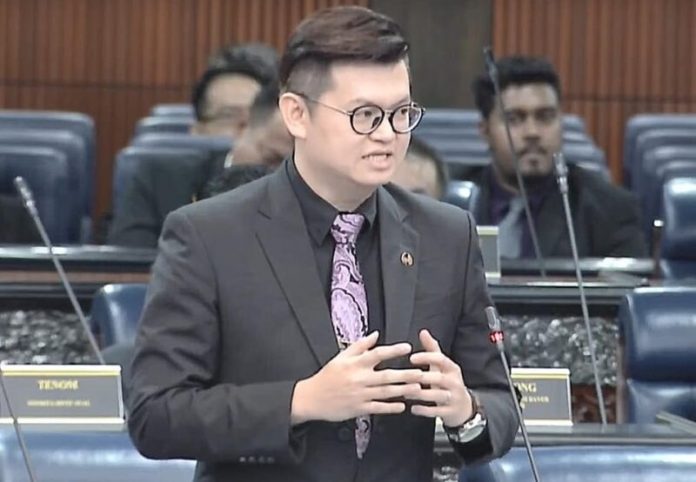
KUCHING, April 26: The government must come up with specific parameters in deciding the opening and closing of schools in the case of a Covid-19 outbreak to give certainty and direction to all parties involved including school management and parents, says Bandar Kuching MP Dr Kelvin Yii.
Dr Yii in a press statement today said such parameters must be transparent to allay concerns and more importantly, empower parents to make an informed decision for what is best for their child.
“In view of the statement by the Women, Family and Community Development Minister Rina Mohd Harun, that “the government has its own way of addressing the emergence of Covid-19 clusters in the education sector”, I urge the government to reveal such plans and prove that it is “not mere talk” only especially with the emergence of multiple education clusters all around the country.
“At the end of the day, we want what is best for our children and thus it is important for the MoE (Ministry of Education) not to work in (a) silo anymore, but together with all relevant ministries to come up with a comprehensive “education blueprint during a pandemic” to balance the importance of health and education for our children,” he said.
Dr Yii also proposed that the MoE’s decision should be based on three main criteria in view of reopening schools and addressing the issue.
First, he said, the decision to open schools must be purely based on public health data, where the government must be transparent with such data not just overall daily numbers, but also parameters such as Infective Rate (Rt) or Positive Rate to properly determine whether enough testing is done in that area on a district and sub-district level especially where these schools are located.
“I would propose that the schools will open only if the positive rate in a region stays below 5 per cent (World Health Organisation recommendation) over a certain period,” he said.
Second, he continued, the decision to have physical classes must be based on local health conditions and school-specific information, such as the ability of the school to follow all the necessary standard operating procedures (SOPs), including considering the size of the student body, the ability to divide students into smaller cohorts, and the physical condition of the school building.
“The ability of the health department officers and even hospitals to respond in case of an outbreak in the area. If the current health system in that area is full, we must take extra precautions to prevent any outbreak in schools in the area.
“By being transparent with this data, the district education office can then make decisions either to open or close (schools) and the parents can also be aware to make decisions for their children,” he said.
The third criteria, he said, is to develop a comprehensive plan for remote learning that includes plans for full-time remote learning and hybrid approaches.
Dr Yii pointed out that reopening and closing schools based on daily figures should not continue as it is too disruptive to the child’s education and teacher lesson plans.
According to him, the best way forward is a hybrid system that involve both in-person and virtual instruction where parents are given the choice whether to send their children to school especially for those that could not follow the home-based learning including the poor, students with disabilities, slow-learners or even working parents who have no one to look after their children during their work hours.
“Those who can do home-based learning can make the choice of staying home thus reducing the number of students in the schools. A “rotational system” can also be done where a certain group of students come on alternate days which will help reduce the number of students in school,” he said.
Dr Yii asserted that such a system can be implemented during an outbreak, and it can be adjusted back to normal once the situation in that specific area improves.
“So based on current parameter on a local level in Sarawak, I would proposed that schools in high-risk areas with high positivity rate to remain close for another two weeks to stop the spread of infection and the Ministry to fully prepare for the upcoming opening properly to avoid any outbreak in any schools in Sarawak,” he said. — DayakDaily








